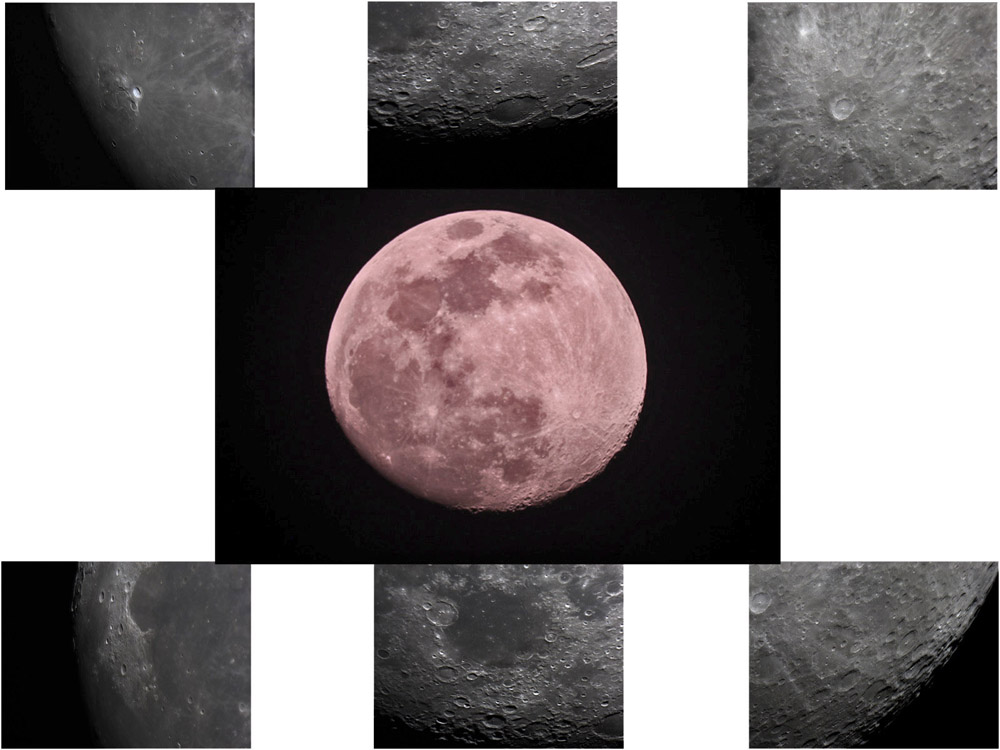Difference between revisions of "September 15, 2014"
| (6 intermediate revisions by the same user not shown) | |||
| Line 1: | Line 1: | ||
__NOTOC__ | __NOTOC__ | ||
=Columbian Moon= | =Columbian Moon= | ||
| − | + | <!-- Start of content --> | |
<!-- ws:start:WikiTextHeadingRule:0:<h1> --> | <!-- ws:start:WikiTextHeadingRule:0:<h1> --> | ||
<!-- ws:start:WikiTextLocalImageRule:6:<img src="/file/view/LPOD-Sep15-14.jpg/522181926/LPOD-Sep15-14.jpg" alt="" title="" /> -->[[File:LPOD-Sep15-14.jpg|LPOD-Sep15-14.jpg]]<!-- ws:end:WikiTextLocalImageRule:6 --><br /> | <!-- ws:start:WikiTextLocalImageRule:6:<img src="/file/view/LPOD-Sep15-14.jpg/522181926/LPOD-Sep15-14.jpg" alt="" title="" /> -->[[File:LPOD-Sep15-14.jpg|LPOD-Sep15-14.jpg]]<!-- ws:end:WikiTextLocalImageRule:6 --><br /> | ||
<em>image by [mailto:paescobartoro@gmail.com Pablo Andrés Escobar], Guarne, Antioquia, Colombia</em><br /> | <em>image by [mailto:paescobartoro@gmail.com Pablo Andrés Escobar], Guarne, Antioquia, Colombia</em><br /> | ||
<br /> | <br /> | ||
| − | A new LPOD contributor, from a new country, is always welcome, so I am pleased to receive Pablo's first images. I like his approach, which combines multiple images into a presentation that would be appropriate for a poster. In a country such as Columbia, which has little tradition for astronomy, posters and presentations such as this may help awaken an awareness of the Moon and universe beyond. Columbia has produced one notable scientist who did in fact study the motions of the Moon, and who has a [ | + | A new LPOD contributor, from a new country, is always welcome, so I am pleased to receive Pablo's first images. I like his approach, which combines multiple images into a presentation that would be appropriate for a poster. In a country such as Columbia, which has little tradition for astronomy, posters and presentations such as this may help awaken an awareness of the Moon and universe beyond. Columbia has produced one notable scientist who did in fact study the motions of the Moon, and who has a [https://the-moon.us/wiki/Garavito crater] (a floor-fractured one at that) named for him, and one of the rare [http://www.fullmoon.info/en/blog/moon-banknote.html banknotes] featuring a depiction of the Moon. Columbia also has active volcanoes, which tie it to the Moon's past. The most active, and most famous volcano, is [http://en.wikipedia.org/wiki/Galeras Galeras], whose 1993 eruption killed six volcanologists and three tourists; [http://www.amazon.com/gp/review/R13EA87DKWXFSY/ref=cm_cr_pr_cmt_btn?ASIN=B003P2VZF4#wasThisHelpful I] was on the flank of the volcano at the time of the eruption.<br /> |
<br /> | <br /> | ||
<em>[mailto:tychocrater@yahoo.com Chuck Wood]</em><br /> | <em>[mailto:tychocrater@yahoo.com Chuck Wood]</em><br /> | ||
| Line 14: | Line 14: | ||
camera + expansions with MC 120 camera ASI. <br /> | camera + expansions with MC 120 camera ASI. <br /> | ||
<br /> | <br /> | ||
| + | <p><b>Yesterday's LPOD:</b> [[September 14, 2014|We Never Went To the Moon?]] </p> | ||
| + | <p><b>Tomorrow's LPOD:</b> [[September 16, 2014|Odd Interiors]] </p> | ||
<hr /> | <hr /> | ||
| + | {{wiki/ArticleFooter}} | ||
Latest revision as of 19:42, 18 August 2018
Columbian Moon

image by Pablo Andrés Escobar, Guarne, Antioquia, Colombia
A new LPOD contributor, from a new country, is always welcome, so I am pleased to receive Pablo's first images. I like his approach, which combines multiple images into a presentation that would be appropriate for a poster. In a country such as Columbia, which has little tradition for astronomy, posters and presentations such as this may help awaken an awareness of the Moon and universe beyond. Columbia has produced one notable scientist who did in fact study the motions of the Moon, and who has a crater (a floor-fractured one at that) named for him, and one of the rare banknotes featuring a depiction of the Moon. Columbia also has active volcanoes, which tie it to the Moon's past. The most active, and most famous volcano, is Galeras, whose 1993 eruption killed six volcanologists and three tourists; I was on the flank of the volcano at the time of the eruption.
Chuck Wood
Technical Details
September 6 to 3 days before the last Super Moon. Celestron 8 inch telescope and Canon t1i
camera + expansions with MC 120 camera ASI.
Yesterday's LPOD: We Never Went To the Moon?
Tomorrow's LPOD: Odd Interiors
COMMENTS?
Register, Log in, and join in the comments.



